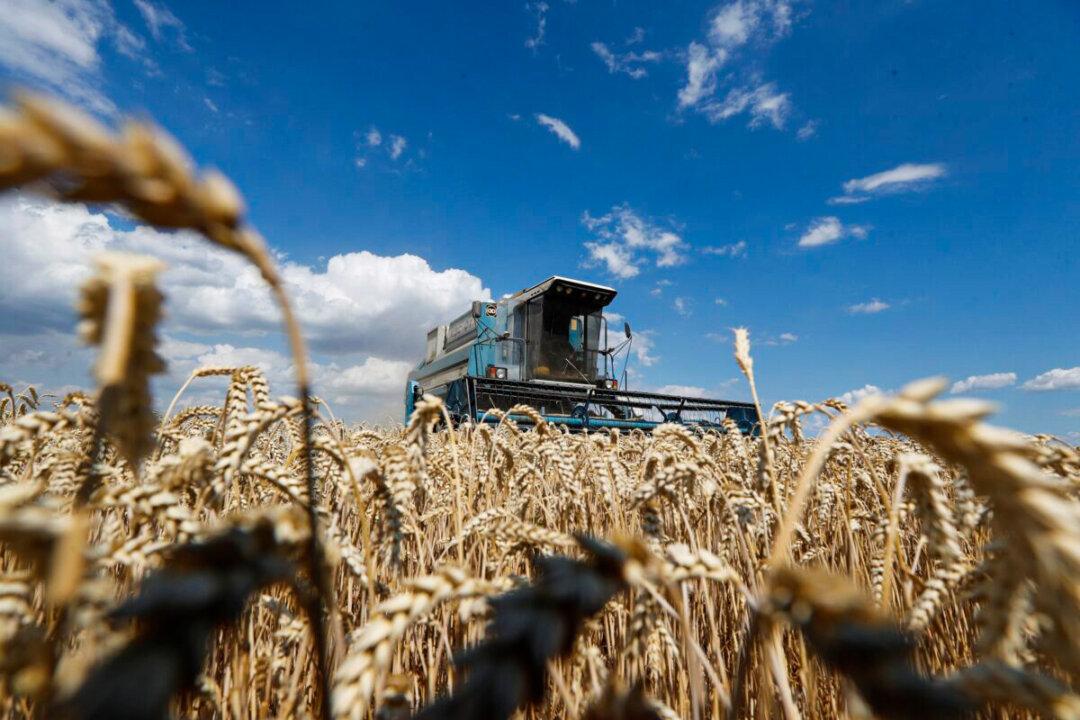The conflict in Ukraine and the sanctions on Russia are having a major impact on the world’s grain supplies, which will dramatically raise the cost of food along with energy and debt the longer the fighting continues.
“The war in Ukraine, in all its dimensions, is producing alarming cascading effects to a world economy already battered by COVID-19 and climate change, with particularly dramatic impacts on developing countries,” according to an April 13 report (pdf) by the United Nations Conference on Trade and Development (UNCTAD).





